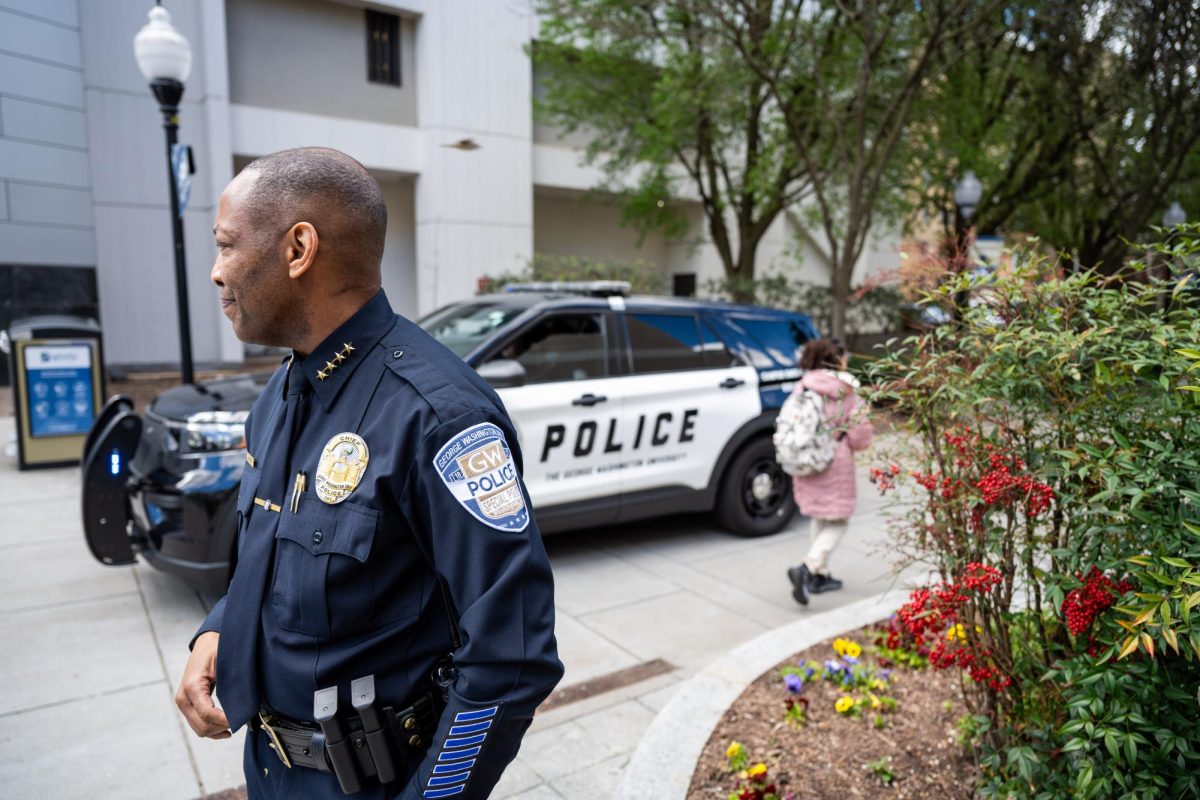Among 81 of the nation’s most competitive colleges and universities, GW’s graduation rate ranks among the bottom 10, according to a study released this month by the American Enterprise Institute.
Despite beating the national six-year graduation rate average of 53.7 percent by more than 20 percentage points, GW’s 78 percent graduation rate lags behind schools with similar academic profiles, said Andrew Kelly, a co-author of the study.
“The key is comparing institutions that admit similar students, as institutional-level graduation rates have a lot to do with the students that a given school selects,” Kelly said in an e-mail. “When we compare GW to its ‘peer’ institutions, those schools that are ‘most competitive’ as classified by Barron’s, its graduation rate is slightly lower than the category average [87.8 percent] and almost 20 percentage points behind the category leader, Harvard [97 percent].”
In order to be classified in Barron’s “most competitive” category, a university usually requires a student to rank in the top 20 percent of their high school class, have a median SAT score between a 655 and 800, and admit fewer than one-third of applicants, according to the study. Among universities with this profile – there were 81 included in the study – GW’s graduation rate is the 6th worst.
While the study did not seek to explain why certain universities achieved higher graduation rates than others, Kelly said GW’s cost may be a factor into its lower than average graduation rate. Kelly said GW’s graduation rate factors in students who transfer out of the University and do not receive a GW degree, which may negatively affect GW’s ranking.
“I’m not sure why GW ranks quite low when compared to its peer institutions,” said Kelly. “It could be that students are transferring to other schools before finishing their degree or that GW’s cost, which is substantial when compared to some of the flagship public universities in the D.C. area (Maryland-College Park, UVA), precludes some students from finishing their degree on time.”
Donald Lehman, executive vice president for academic affairs, echoed Kelly’s belief that cost is a determining factor for graduation rates.
“I’ve always argued that the six-year graduation rate is directly related to the amount of financial aid that is available,” Lehman said. “There are certainly some students who do not get to the end point because they can’t afford to pay tuition at a private research university, which is what GW is.”
Lehman said in order to increase the percentage of students that graduate from GW, University President Steven Knapp has set out to quadruple the amount of financial aid available over the next five years. He added that GW’s fixed tuition plan – which was created in 2004 – is another attempt at making GW more affordable for students to complete their degrees.
GW’s graduation rate is on the rise, Lehman said. The class of students who entered GW in 2003 already has an 80 percent five-year graduation rate, Lehman said, two points higher than the six-year graduation rate reported in the most recent AEI study, which looked at students admitted in 2001.
Among other D.C. universities, GW’s graduation rate ranks second, behind Georgetown University’s 93 percent.




